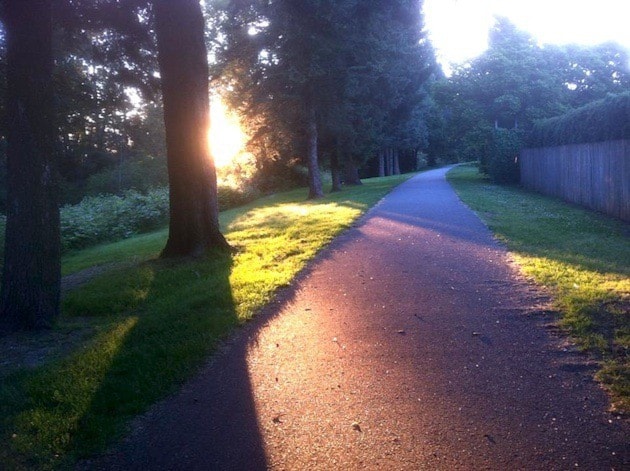City of Chilliwack is moving ahead with its ongoing process of dike upgrading.
The next section to be completed in 2016, through Hope River-Corbould park, is geared to raising the dike elevation by one metre to meet provincial flood control standards.
A request for expression of interest (RFEI) went out Oct. 19 to get engineering bids for preliminary design of the Town Dike Upgrade project, which spans from Young and Hope River Roads, to Schweyey Road at Chilliwack Mountain.
The issue of the need to protect local First Nations land from flooding came up in comments from the public during the last section of dike upgrading on Young Road, where the road was elevated by one metre for a one-kilometre stretch.
"The right-of-way through the Skwah First Nations is currently under discussion and will require the preliminary design for a bypass (temporary/emergency) dyke" according to details on the city's RFEI document map online.
The RFEI closes on Nov. 18, and will be followed by a request for proposals (RFP) going out to short-listed teams by Dec. 2, according to online documents from city officials.
"The estimated budget for engineering work will be provided at the RFP stage and is estimated to be $180,000," according to the RFEI documents.
The RFP will close on Jan 12.
A pre-selection process will be used at city hall to identify three qualified proponents to bid on the project.
The objective of the RFEI is to get proponents to submit "engineering design solutions" for upgrading the Town Dike to provincial flood protection standards, while considering cost effectiveness and performance issues.
City contractors completed the section of dike that runs along Young Road to Hope River Road in September.
The proponents will be comparing existing engineering drawings as well as identifying right-of-way requirements, among others requirements.
"A crucial component of the preliminary design is to undertake public outreach to ensure that adjacent property owners and residents and user groups are well informed and able to participate in meaningful decision-making, resulting in community buy-in," according to city documents.
The design solutions must also "address the significant elevation change as it relates to adjacent property landscaping and the side street road and driveway access.
"Drainage control also presents a challenge as many adjacent property owners report existing drainage issues."
jfeinberg@theprogress.com
twitter.com/chwkjourno
